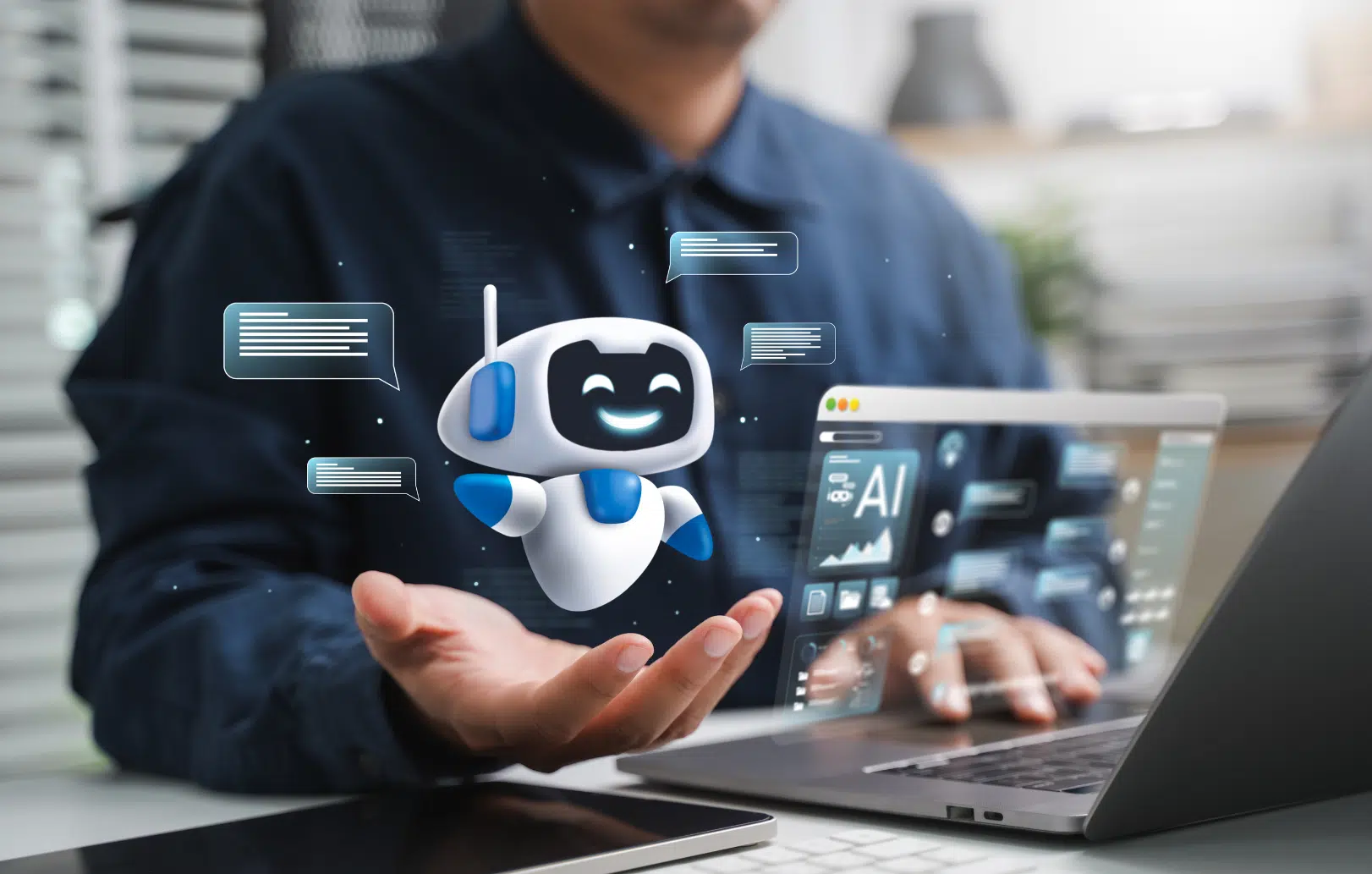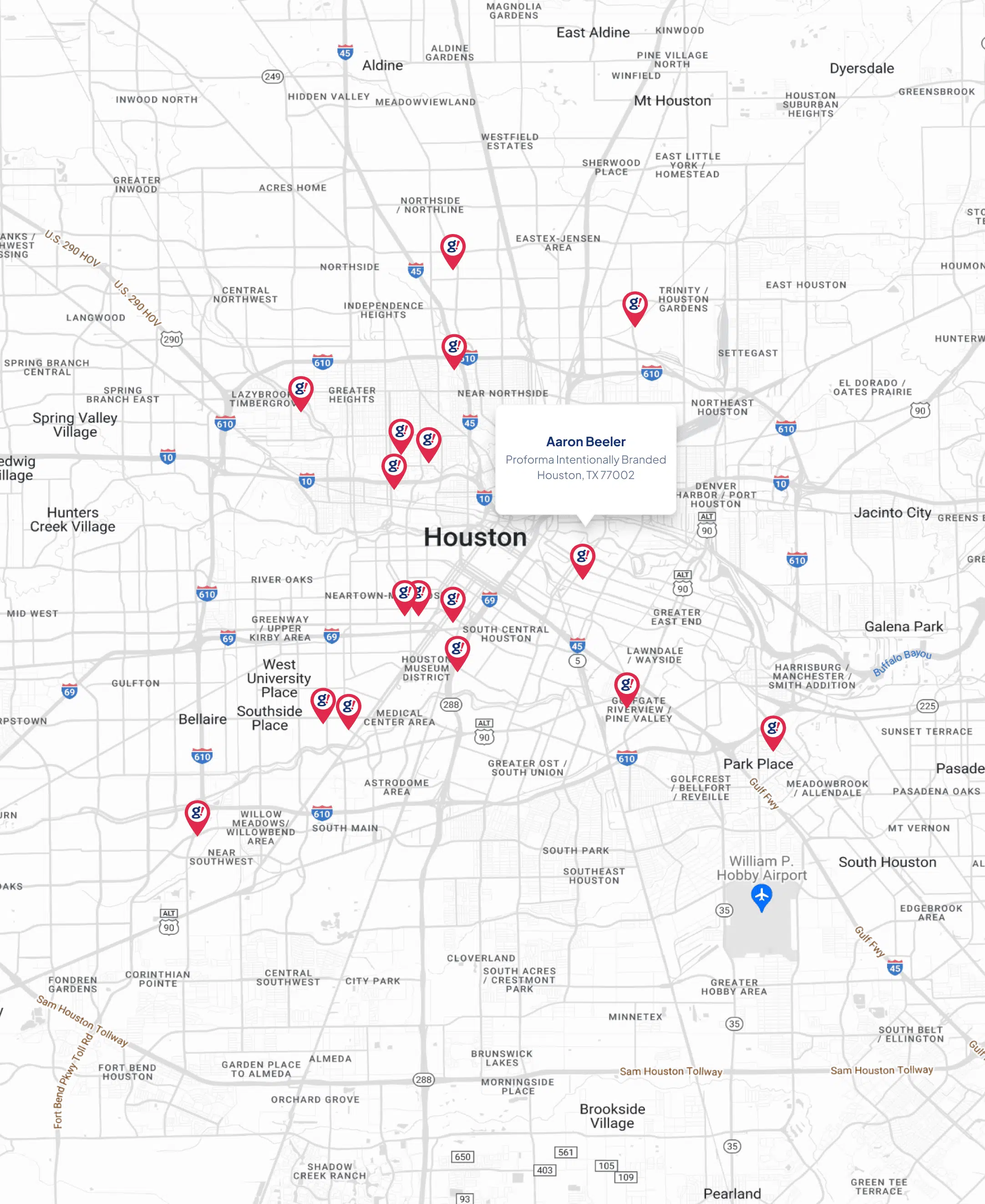How a 15-year observation turned into a solution for the mismatch between where you sit and where you work.
I have been in the SEO and digital marketing trenches for over 15 years. Over that decade and a half, I’ve sat across the table from hundreds of business owners, roofers, plumbers, attorneys, and contractors.
While their industries differed, I noticed a frustrating pattern that kept repeating itself. It wasn’t a problem with their work ethic, and it wasn’t a problem with their product. It was a geography problem.
I remember distinctly sitting with a client, let’s call him Mark, who ran a high-end landscaping firm. Mark was frustrated. “I don’t get it,” he told me. “My crews are in West Des Moines every single day. We built the retaining walls for half the neighborhood. But when I search for ‘retaining walls West Des Moines,’ my competitors show up. I don’t. I only show up in Ankeny, where my office is.”
Mark was right to be frustrated. He was operationally massive, but digitally, he was tiny.
I looked at his operations and saw he was driving to 12 different cities, covering 30 ZIP codes, and servicing an entire metro area. But when I looked at his digital presence, he only “existed” in one place: the city where his office chair sat.
This realization hit me hard: The internet is punishing businesses for having a physical headquarters.
We looked for a tool or a method to fix this mismatch. We looked for something that would allow a business to mirror their real-world footprint online without resorting to spammy tactics.
We couldn’t find one. So, we built g!Places™.
The “Surface Area” Epiphany
The spark for g!Places™ came from a simple realization about how search engines (and now AI) actually work. We call it the Surface Area Principle.
Most businesses treat their website like a single fishing line dropped into the ocean. They have a “Home” page, an “About” page, and a “Services” page. They hope that if they put enough bait on that one hook, fish from 50 miles away will smell it.
But the internet doesn’t work that way. Search engines and AI models are literal. They look for specific matches to specific questions.
Here is the logic we kept seeing clients miss: Search engines can only return a result if there is a specific page that matches the user’s intent.
If a user searches for “Emergency roof repair in Plano,” and you serve Plano but your page only mentions “Dallas,” the search engine has to make a guess.
Search engines hate guessing. They prefer certainty.
So, they rank the competitor who has a page specifically titled “Emergency Roof Repair in Plano.”
If you serve 20 cities but your website only has one page describing them, you effectively have zero visibility in those other 19 cities. You don’t have a ranking problem; you have a surface area problem. You simply haven’t given Google (or ChatGPT) enough “surface” to latch onto.
We realized that to fix this, a business needs a dedicated, high-quality, structured surface for every service in every location they serve. You don’t need a bigger fishing line; you need a net.
Why the “Old Way” of Doing This Failed
Now, I wasn’t the first person to realize this. SEO agencies have known for years that “location pages” are valuable. But the way the industry solved this problem was, frankly, terrible.
You’ve probably seen these pages before. They are often called “Doorway Pages,” and they read like robotic gibberish: > “Welcome to [City Name]! We love providing [Service] to the fine residents of [City Name]. If you live in [City Name], call us today!”
Agencies would copy and paste this template 50 times, changing only the city name.
Users hated them: They provided no value.
Google hated them: They were flagged as “thin content” or spam.
They didn’t convert: Even if a user landed there, they bounced immediately because the page looked fake.
We knew that if we were going to build g!Places™, we couldn’t just spam the internet with duplicate templates. We had to solve the quality problem.
We needed a way to generate hundreds of pages that were actually useful. Pages that understood that the soil conditions in one suburb might differ from the drainage issues in another. Pages that treated every location as a unique market with unique problems.
The AI Shift: The Final Piece of the Puzzle
As we were developing this concept, the digital world shifted beneath our feet. The release of Large Language Models (LLMs) and AI search (like ChatGPT, Google SGE, and Perplexity) changed the game entirely.
People stopped just typing keywords into search bars. They started asking complex questions to AI assistants.
“Who installs retaining walls in Polk County?”
“Find me a contractor for emergency HVAC near Waukee who handles commercial units.”
This shift terrified most agencies, but for us, it was the green light.
We realized that for a business to survive this shift, standard web pages weren’t enough. The content needed to be machine-readable. It needed Structured Data.
Most business owners don’t know what Structured Data (or Schema Markup) is, but it is the language AI speaks. It is code that lives “underneath” your website text.
Human eyes see: “We fix roofs in Dallas.”
AI Code sees: { “@type”: “Service”, “serviceType”: “Roofing”, “areaServed”: “Dallas, TX”, “availableLanguage”: “English” }
If your website doesn’t speak this language, AI assistants often ignore you. They can’t “read” your site confidently, so they don’t cite you as a source.
This was the genesis of the g!Places™ architecture. We moved away from “listings” and “citations” and moved toward creating hundreds of AI-optimized, geo-specific landing pages that act as a digital net. Every single page we build is injected with the specific code that tells robots exactly who you are, where you work, and what problems you solve.
The Difference Between “Local SEO” and “Expansion”
One of the hardest conversations I have with clients is explaining why their current SEO guy hasn’t already done this.
“I pay for Local SEO,” they tell me. “Isn’t that what this is?”
The answer is a hard no. And here is the line in the sand:
Local SEO handles your Presence. This is about your physical office. It’s about your Google Business Profile (the map pack), your address, your reviews, and your driving directions. It is anchored to the physical reality of where you pay rent.
g!Places™ handles your Reach. This is about your Service Radius. It is anchored to where your trucks go, not where they park at night. It is about Organic Search and AI Retrieval.
Most agencies confuse the two. They focus entirely on the office address. They try to rank your “Map Pin” in a city 20 miles away. That is swimming upstream. Google Maps doesn’t want to show a business 20 miles away.
We built g!Places™ to bypass that limitation. We don’t try to trick the map. We dominate the organic results below the map. We tell the search engines, “Yes, their office is in City A, but they are the leading expert on sliding windows in City B, City C, and City D.”
Two different problems. Two different products. Both are essential, but one has been ignored for far too long.
Bridging the Gap
We built g!Places™ because there was a need and it was the only way we could fill it legitimately. We hated seeing hard-working businesses lose revenue simply because their website didn’t reflect their reality.
We saw roofers doing incredible work in 15 cities but only getting leads from one. We saw unparalleled service providers losing market share to inferior competitors simply because the competitor had a better map strategy or more pages.
g!Places™ creates a digital footprint that finally matches your real-world operations.
Before g!Places™: You are invisible outside your zip code. You are relying on word-of-mouth or expensive paid ads to get work in neighboring towns.
After g!Places™: You have 250+ unique, structured, AI-ready entry points covering your entire metro area. You have a “surface” for every search query relevant to your business.
This isn’t just about “getting more clicks.” It’s about fairness. It’s about ensuring that if you do the work in a city, you get discovered in that city.
It is the infrastructure for the future of service-based businesses. The era of the 5-page brochure website is over. The era of the AI-readable, multi-location service matrix is here.
We are incredibly proud to see how it’s helping our clients finally show up everywhere they actually work. If you are tired of being the best-kept secret in your secondary markets, it’s time we mapped your true footprint.








